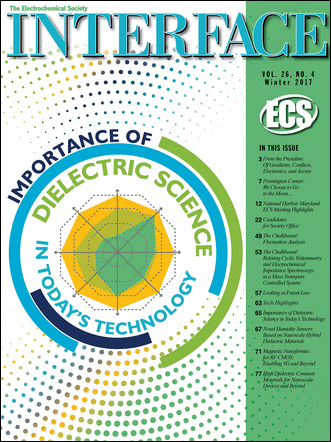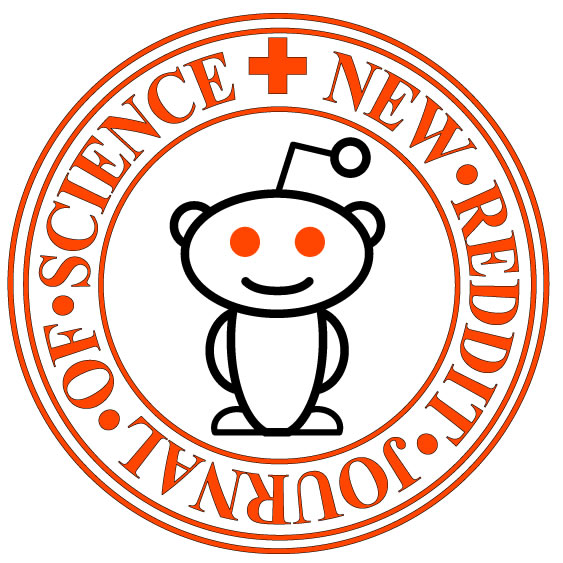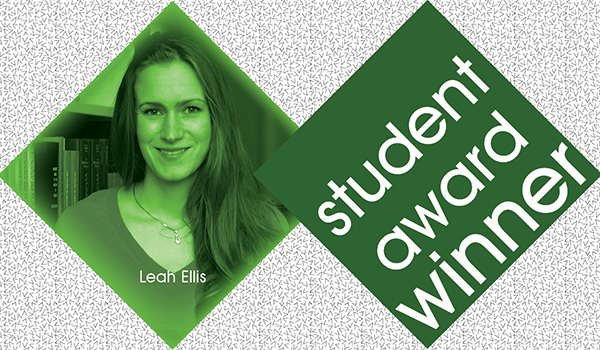Below is an excerpt from an article published in the winter 2017 edition of Interface.
By: Durga Misra, New Jersey Institute of Technology
 The explosive progress of information technology and 5th generation communication technology enables the introduction of the Internet of Things, where the network of physical objects—devices, vehicles, and buildings embedded with sensors, electronics, software, and network connectivity—permits these physical objects to collect and exchange data. The use of dielectric materials in sensors for a multitude of applications such as self-driving cars has made the dielectric science and technology research even more significant than before.
The explosive progress of information technology and 5th generation communication technology enables the introduction of the Internet of Things, where the network of physical objects—devices, vehicles, and buildings embedded with sensors, electronics, software, and network connectivity—permits these physical objects to collect and exchange data. The use of dielectric materials in sensors for a multitude of applications such as self-driving cars has made the dielectric science and technology research even more significant than before.
More than seventy years ago, in 1945, it all started with establishing the Electric Insulation Division in ECS to offer an interdisciplinary forum to discuss the science of the materials used for electrical insulation in power transmission. With the advancement of technology, when integrated circuits became popular, the division became the Dielectrics and Insulation Division in 1965. In 1990, it became the Dielectric Science and Technology Division due to extensive growth in electronic manufacturing technology. Today, the division still provides a strong interdisciplinary research environment.
In this issue of Interface we have focused on some of the current topics that are an integral part of current and future technologies.


 In the Fall of 2011, Sarah Mackenzie, the maid of honor at my wedding, was diagnosed with a rare form of ovarian cancer. Sarah and her family were motivated to learn as much as they could about the disease to advocate for her care. They weren’t scientists, but they started searching the literature for relevant articles. One evening, Sarah called us, angry. Every time she found an article that might be relevant to understanding her disease, she ran into a paywall requiring $15-$40 to access it. Public money had paid for the research, yet she was barred from making any use of it. Luckily, she had us. Most people in Sarah’s position don’t have the luxury of friends at wealthy academic institutions with subscriptions to the literature.
In the Fall of 2011, Sarah Mackenzie, the maid of honor at my wedding, was diagnosed with a rare form of ovarian cancer. Sarah and her family were motivated to learn as much as they could about the disease to advocate for her care. They weren’t scientists, but they started searching the literature for relevant articles. One evening, Sarah called us, angry. Every time she found an article that might be relevant to understanding her disease, she ran into a paywall requiring $15-$40 to access it. Public money had paid for the research, yet she was barred from making any use of it. Luckily, she had us. Most people in Sarah’s position don’t have the luxury of friends at wealthy academic institutions with subscriptions to the literature.
 Submit your manuscripts to the Journal of The Electrochemical Society (JES)
Submit your manuscripts to the Journal of The Electrochemical Society (JES)  The following is a roundup of the top articles published on the ECS Redcat Blog in 2017.
The following is a roundup of the top articles published on the ECS Redcat Blog in 2017. New research from Sandia National Laboratory is moving toward advancing solid state lithium-ion battery performance in small electronics by identifying major obstacles in how lithium ions flow across battery interfaces.
New research from Sandia National Laboratory is moving toward advancing solid state lithium-ion battery performance in small electronics by identifying major obstacles in how lithium ions flow across battery interfaces. Scientists have found a way to make their asphalt-based sorbents better at capturing carbon dioxide from gas wells: Adding water.
Scientists have found a way to make their asphalt-based sorbents better at capturing carbon dioxide from gas wells: Adding water. Each year, the ECS Canada Section recognizes a deserving PhD student from a Canadian university for academic achievements in our multi-disciplinary fields though the
Each year, the ECS Canada Section recognizes a deserving PhD student from a Canadian university for academic achievements in our multi-disciplinary fields though the  Carbon dioxide accounts for over
Carbon dioxide accounts for over  The introduction of purified carbon nanotubes appears to have a beneficial effect on the early growth of wheatgrass, according to scientists. But in the presence of contaminants, those same nanotubes could do great harm.
The introduction of purified carbon nanotubes appears to have a beneficial effect on the early growth of wheatgrass, according to scientists. But in the presence of contaminants, those same nanotubes could do great harm.